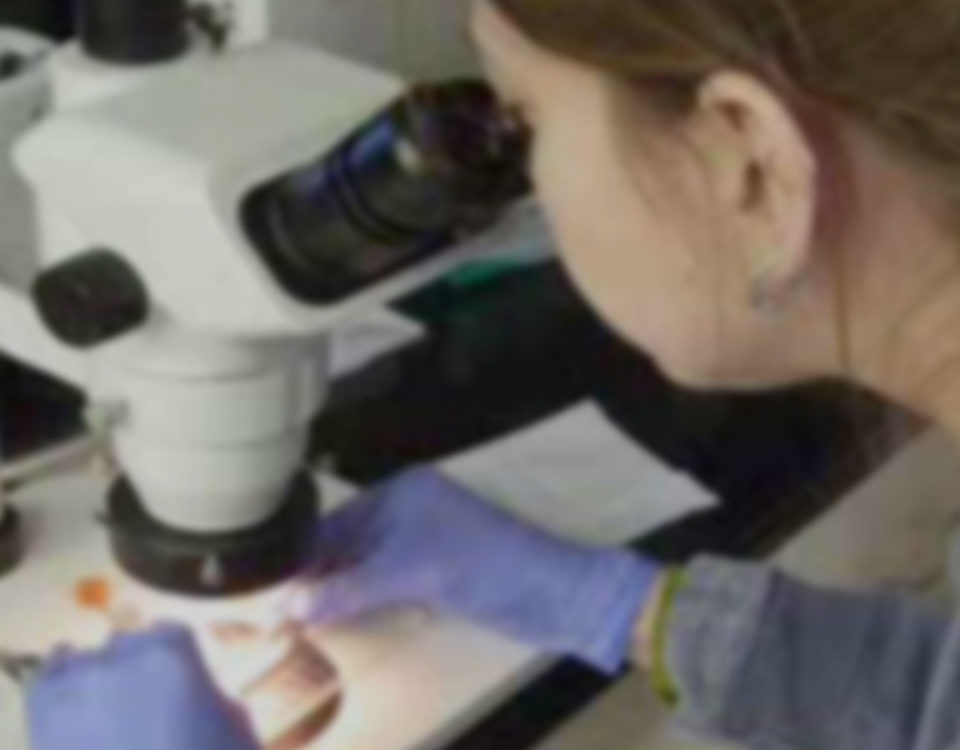Spawn Surveys

PROJECT
Spawn Surveys
Background
Herring gather to spawn in large numbers. This provides an opportunity to get information on the biomass of the spawning stock and age composition. This information is then fed into the age-structure-analysis (ASA) model to estimate the return for the next year. Aerial surveys have been conducted each spring since 1972.
Methods
Aerial surveys are used to measure the miles of spawn, estimate biomass, and map congregations of birds and mammals. Information we gather is recorded on an electronic tablet and photographs taken for confirmation of the distribution of spawn. Fish are collected using a seine or cast nets. The fish are frozen and later analyzed to determine age, weight, length, and sexual maturity. Fish are also provided to the herring disease and maturity projects. The length-weight information used by the acoustic survey project. One of the main measurements collected from these aerial surveys is known as mile-days of spawn. Each day an aerial survey is conducted the miles of spawn observed is recorded. At the end of the survey season, the number of miles of spawn observed on each individual survey are added together to get the measurement. In other words, mile-days spawn is the measure of spawn observed each spring.
What we are learning
In 2024, we conducted 44 hours of spring aerial surveys of PWS during 20 flights from March 28 to May 1. While still below levels observed in the 80's and 90's, the 2024 PWS aerial spawn estimate of 29.9 statute mile-days-of-milt is an increase from the 2023 estimate and 49.5% above the 10-year average (2014–2023) of 20.0 mile-days-of-milt.
We conducted 5 aerial surveys of the Kayak Island area during mid-April in 2024. High winds prevented surveys on April 17 during a large spawning event, likely biasing estimates low. A total of 39.1 mile-days-of-milt were observed in the Kayak Island area.
We collected herring samples for the disease team and the Age Sex Length (ASL) data from aboard the R/V Solstice at Humphrie’s Hole, Canoe Pass, Port Etches, Canoe Point, Port Etches, and Double Bay. The age composition shows a large proportion of age-3 and age-4 fish in 2024.
PRINCIPAL INVESTIGATOR
Jenni MorellaJennifer.morella@alaska.gov
RESEARCH PERIOD
2017-2021FUNDING
Exxon Valdez Oil Spill Trustee CouncilAlaska Department of Fish & Game






